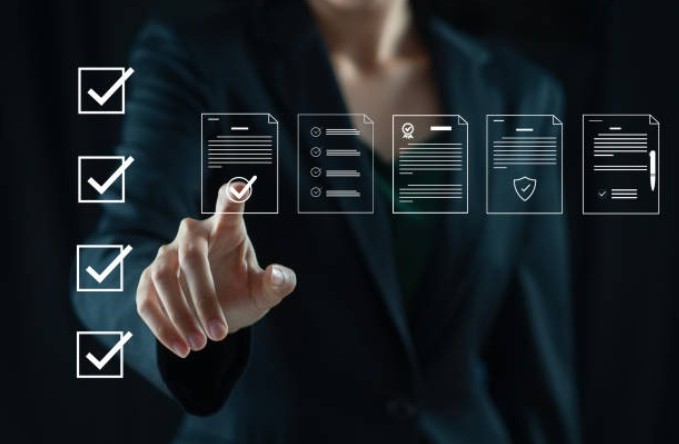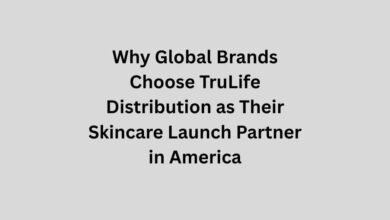Watchlist Screening: A Vital Component of AML Compliance

Watchlist screening has become one of the most vital tools in the fight against money laundering and financial crime. As regulations tighten worldwide, financial institutions are under constant pressure to ensure compliance. Screening customers, partners, and transactions against national and international watchlists helps reduce exposure to criminal activity.
How the Watchlist Screening Process Works
The process typically starts with collecting customer data such as full names, addresses, birth dates, and ID information. That data is then screened against various government and international watchlists. These may include the OFAC sanctions list, the EU and UN sanctions, and FBI databases.
FBI Watchlist Search and Its Role in Compliance
The FBI watch list search plays a crucial part in identifying individuals involved in terrorism, organized crime, or threats to national security. During onboarding or periodic checks, organizations search customer data against these lists to flag possible risks. Any match must be verified to ensure it’s not a false positive. Confirmed matches trigger additional actions like enhanced due diligence or reporting to authorities.
Why Watchlist Monitoring Must Be Ongoing
Watchlist screening isn’t a one-time task. Individuals and organizations are added to these lists regularly. A customer that passed checks a month ago could appear on a list today. That’s why ongoing watchlist monitoring is essential. Modern systems now offer automated real-time alerts, making it easier to stay ahead of updates without manual checks.
Understanding Global Watchlist Leaks
In recent years, several global watchlist leaks have raised alarms. Sensitive government data, including names of individuals under investigation, has been exposed. Such leaks can undermine law enforcement operations and damage public trust. For financial institutions, using a trusted screening tool with secure, up-to-date data becomes even more critical after such events.
Government Watchlists and Their Scope
Government watchlists vary by country and purpose. Some track terrorists. Others monitor politically exposed persons or those under sanctions. These lists can be maintained by the U.S. Treasury, FBI, Interpol, or even local governments. A complete AML watchlist screening tool must support all relevant databases to ensure no threat goes undetected.
Challenges in the Watchlist Screening Process
One of the biggest challenges is dealing with false positives. Name matches can occur frequently, especially with common names or different spelling variations. This creates unnecessary workload for compliance teams. Advanced tools now use fuzzy logic and AI-powered algorithms to reduce these issues and flag only high-probability matches. This ensures fewer delays in customer onboarding and reduces operational costs.
How to Choose the Right AML Watchlist Screening Tool
Selecting the right tool is critical for operational efficiency and regulatory compliance. A strong screening system must offer real-time monitoring, secure data handling, global watchlist coverage, and integration with your internal AML systems. Institutions that rely on outdated or incomplete tools risk exposure to penalties, criminal liability, and loss of customer trust.
Watchlist Screening as a Strategic Compliance Asset
Today, effective watchlist screening isn’t just a technical task; it’s a strategic advantage. Companies that invest in high-quality AML compliance tools demonstrate responsibility and commitment to financial integrity. This enhances their credibility with regulators and customers. It also builds a foundation for long-term growth and resilience in a highly regulated industry.
Conclusion: Strengthening Your AML Framework
Watchlist screening is essential for preventing financial crimes and ensuring compliance with both domestic and international regulations. With constant updates to watchlists and evolving threats, institutions must prioritize real-time, accurate screening and monitoring. The right strategy includes secure data, modern tools, trained staff, and a culture of compliance. As criminal tactics grow more complex, so must the systems used to detect them. By strengthening your watchlist screening processes, you build a stronger, more trustworthy organization.



